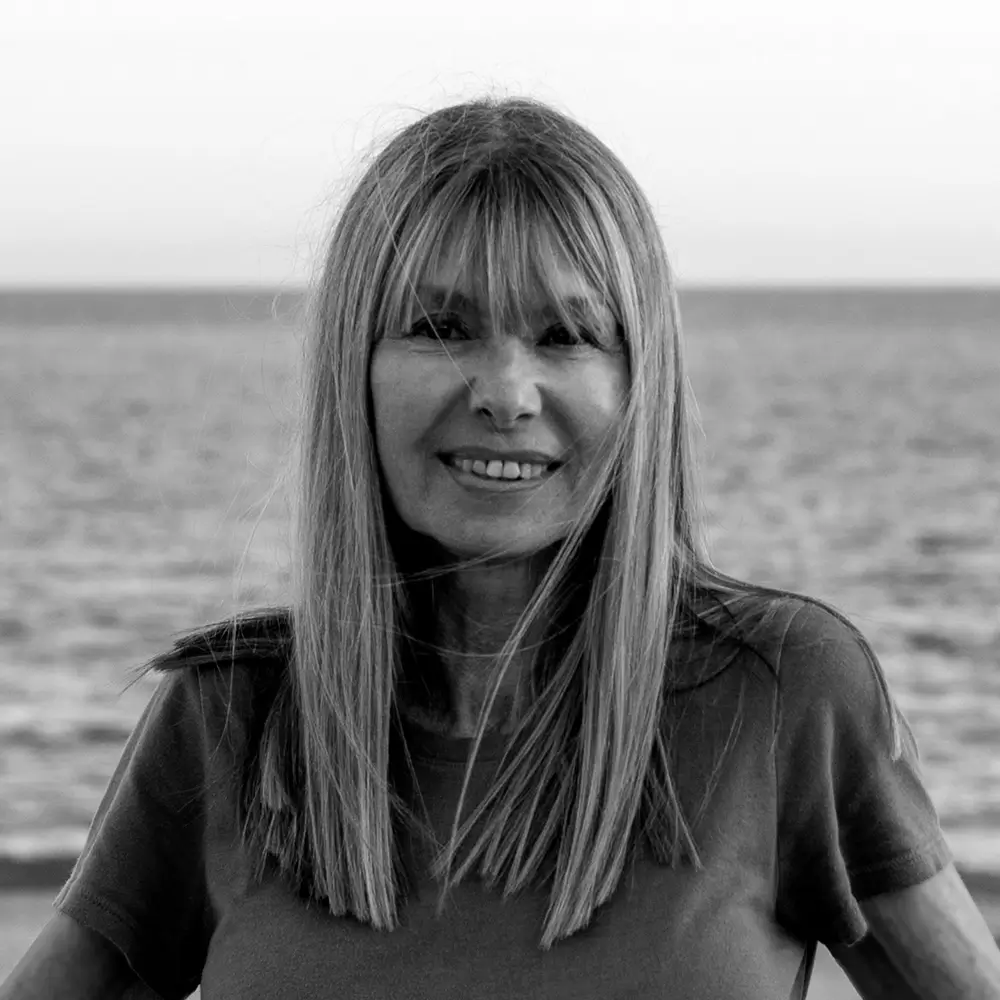Born in Buenos Aires and based in Madrid since 2022, Alejandra Nowiczewski is a sworn translator and a photographer specializing in philosophical, social and environmental issues. She obtained a Master’s Degree in Photographic Projects from PhotoESPAÑA and completed several photography workshops and mentorship programs in Argentina and Madrid.
She has recently exhibited in Madrid Penumbra, a conceptual photobook dummy based on a book she wrote on the translation of legal metaphor and its social dimension.
Addressing metaphor and symbol, she presents her photographic series as a visual and metaphorical reinterpretation of processes, concepts or essential texts.
Within the framework of contemporary photography, she seeks to explore the ability of the photographic document to suggest something more than itself, to serve as a conduit to visualize social, philosophical or environmental topics.
Her works were featured in Artdoc Magazine and in its online exhibition. She was also a nominee in the reFocus Awards 2022, Black & White Photo Contest, Minimalism, and was selected for PhotoESPAÑA’s Descubrimientos PHE25 portfolio review.
She has exhibited her photographic work in Buenos Aires (Rolf Art, Ingõt Arte, Pinta BAphoto 2024 and 2022, and BAphoto 2021) and Madrid (PhotoESPAÑA, Centro de Arte Alcobendas, Museo Zapadores Ciudad del Arte and PhotoESPAÑA, Galería Nueva Las Letras). Her works are also in private collections in Argentina.
Statement:
I intend that my work, in its form of expression, should have the potential to add meaning and raise awareness.
In line with my training in translation and its social dimension, I am interested in creating visual metaphors from linguistic metaphors, with the aim of bringing the cognitive into the visual universe and thus broadening its understanding.
My work also explores a variety of themes, ranging from philosophical to climate change, biodiversity and sustainability issues. In the first case, I try to awaken intuition regarding the symbolic; in the second, I compose my images in such a way that, beyond their aesthetic component, they raise awareness about these critical global issues, which I consider priority for human and natural systems. I also accompany my projects with documentary archives that support the research on these topics.
